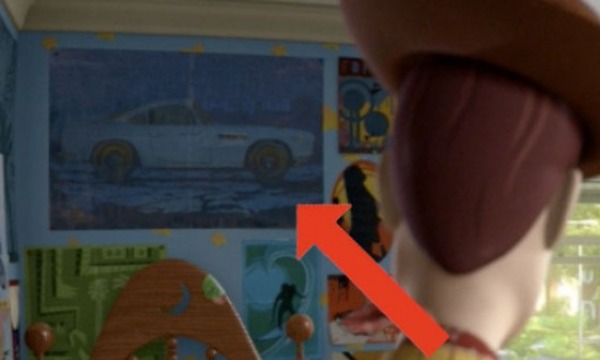For many years, I’ve been writing about sacrifice. In other words, to get something, you have to give something up.
Trying to be everything for everybody undermines a clear perception of what makes you special or different. If Volvo is to preempt “safety,” they can’t be a convertible or a fancy-looking car that tries to compete with BMW and Mercedes. And they have to innovate new safety ideas.
Convergence is the opposite of sacrifice, as it is all about products that do more. And it’s hard to avoid predictions about converging products in the worlds of computing, communications, consumer electronics, entertainment and publishing.
These predictions go way back. A July 18, 1993, front-page story in Newsday predicted that convergence will cause the eventual demise of videotapes, video stores, newspapers, TV channels, telephone operators, the Yellow Pages, mail-order catalogs, college textbooks, library card catalogs, beepers, VCRs, checkbooks and cassette players.
(We suspect you’ve noticed that many things expected to go away are still alive and well. So much for that prediction.)
More recent predictions have telephones, video, and the Internet all converging at our television sets. Even the cartoonists are getting into the act. Our favorite has a gentleman with his large-screen Sony on his shoulder saying hello into it.
If you study history, convergence rarely happens. Products that do more than they should are quick to die.
In 1937, we had the convertoplane, a combination of helicopter and airplane that never got off the ground. Neither did the 1945 Hall Flying Car or the 1947 Taylor Aerocar.
In 1961, Amphicar was the first combination boat and automobile. The idea sank. (People figured they could park their boat at the marina and get into their car and drive home.)
In recent times, we had AT&T’s EO Personal communicator–a cellphone, fax machine, personal organizer and per-based computer with e-mail. Then there was Okidata’s Doc-it, a desktop printer, fax, scanner and copier. Finally, we were introduced to a PDA, or Apple’s Newton, which was a message pad, fax, beeper, calendar and pen-based computer. All of these are no longer with us.
In a recent New York Times article, Joe Nocera brilliantly outlined the battles underway in the world of smart phones. Palm was wildly successful with organizers; then they introduced the unreliable and unremarkable Treo, essentially an organizer that makes phone calls as well. As Ryan Block, the editor of the consumer electronics blog Engadget observed, “Palm has lost its way.” They are not alone.
BlackBerrys are great at e-mail, but the phone is barely adequate. The Motorola Q crashes almost as often as the Treo. The Apple iPhone is terrific for music and media, but lousy for e-mail and phoning. For marketing reasons, everybody is trying to cram all these complicated features into ever-sleeker, ever-thinner boxes, while also adding longer battery life, and so on. Invariably, smart-phone designers have to make compromises that mean some functions don’t work especially well.
There is also the issue of heritage. All the big smart phone companies are coming at the device from a different starting point. Motorola has its roots in cellphones; not surprisingly, that’s what works best on the Motorola Q. Apple has the iPod and computing in its heritage, so it does music and media well. BlackBerry began as a mobile e-mail company, which is why its e-mail is so much better than everybody else’s.
Creating products that do more than one thing requires sacrifice of a different kind. Designing multifunctional products forces your designers to give up what could be an outstanding single-function design for a lesser design that accommodates the extra functions.
Can a great car be a great boat at the same time? Of course not. If you want a really fast car, get a Ferrari. A fast boat? Get a Cigarette boat.
Can a great Formula One racing tire be great for a passenger car? Of course not. (Racing tires often don’t have any tread.)
People want the best of the breed, not a mutt that contains several breeds. They don’t want to give up important features so that they can do other things with it. Just because you can build it is no insurance that people will buy it.
If your difference is that your product can do a lot of things not very well as opposed to a product that does one thing exceptionally well, you haven’t got much of a difference.
The Blake Project Can Help: The Brand Positioning Workshop
Branding Strategy Insider is a service of The Blake Project: A strategic brand consultancy specializing in Brand Research, Brand Strategy, Brand Licensing and Brand Education


